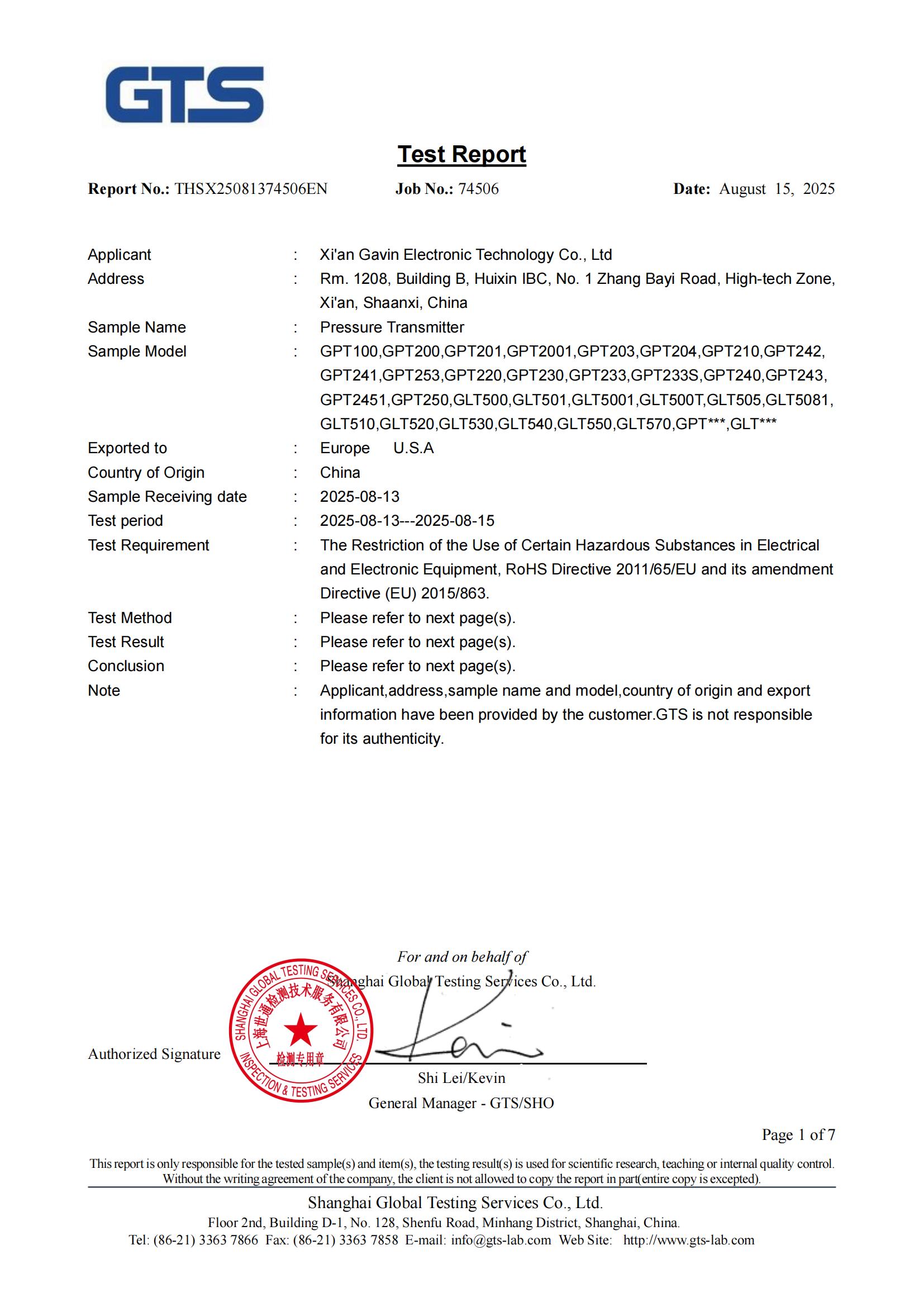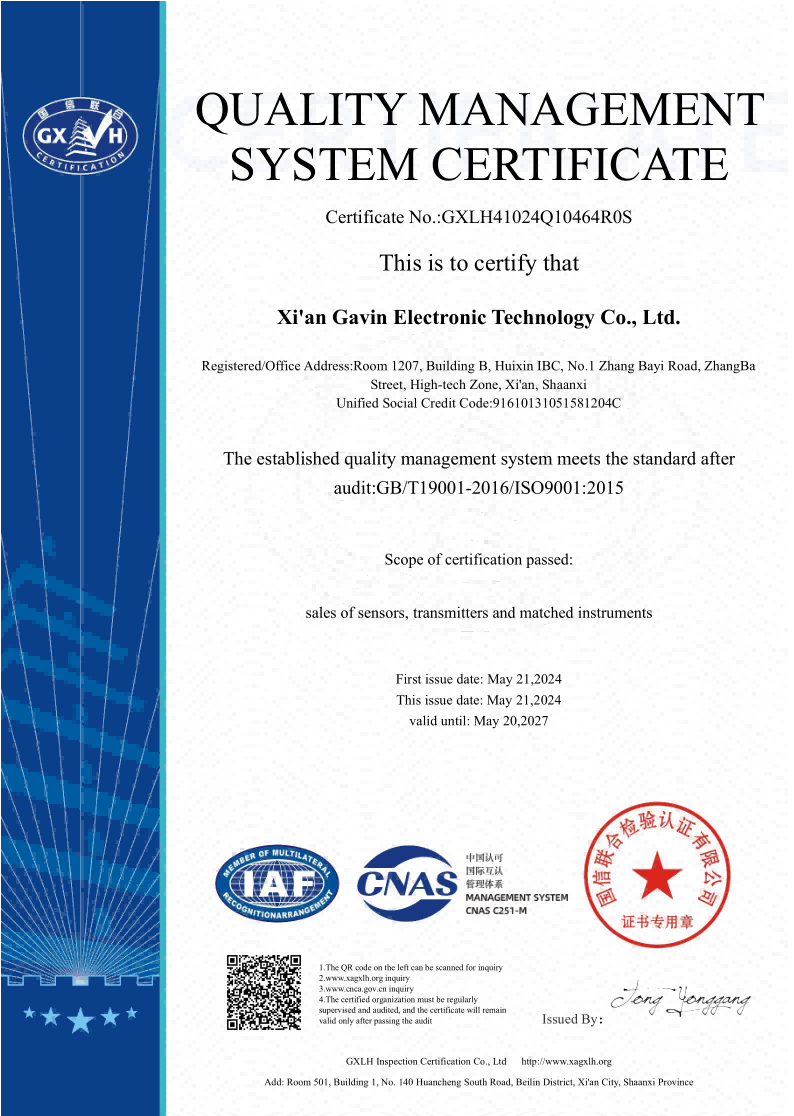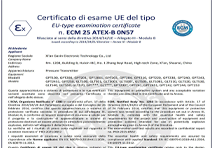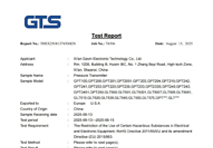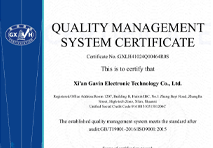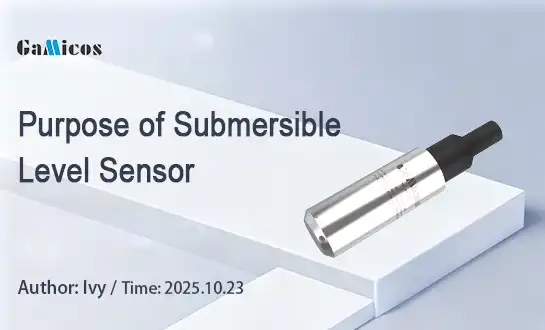What output signals do submersible level sensors typically provide?
Common Output Signals of Submersible Level Sensors
At GAMICOS, we specialize in cutting-edge submersible level sensor technology, offering a wide range of output signals to meet diverse industry needs. Our sensors, including the advanced GLT500 submersible water level sensor, provide standard 4-20mA, 0-10V, and digital RS485 (Modbus) outputs, as well as wireless options like LoRa, SWSN, and 4G for remote monitoring. With our expertise in pressure and level measurement solutions across multiple industries, we deliver customized, high-quality products backed by professional support and comprehensive after-sales service.
Common Output Signals of Submersible Level Sensors
Submersible level sensors are essential tools for measuring liquid levels in various applications, from water treatment plants to oil and gas facilities. These sensors are designed to operate underwater, providing accurate measurements even in challenging environments. Understanding the common output signals of submersible level sensors is crucial for selecting the right sensor for your specific needs.

Analog Output Signals
Analog output signals are widely used in submersible level sensors due to their simplicity and compatibility with many control systems. The most common analog output signals include:
- 4-20mA: This current-based signal is the industry standard for many applications. It offers excellent noise immunity and can transmit signals over long distances.
- 0-5V or 0-10V: Voltage-based signals are also common, though they may be more susceptible to electrical interference over long cable runs.
GAMICOS offers submersible level sensors with both 4-20mA and 0-10V outputs, ensuring compatibility with a wide range of systems and applications.
Digital Output Signals
Digital output signals are becoming increasingly popular in modern submersible level sensors due to their ability to transmit more detailed information and resist interference. Common digital outputs include:
- RS485 (Modbus): This serial communication protocol allows for multi-drop connections and can transmit data over longer distances compared to analog signals.
- HART (Highway Addressable Remote Transducer): This protocol enables digital communication over existing 4-20mA analog wiring, providing additional diagnostic and configuration capabilities.
Our GLT500 submersible level sensor supports RS485 (Modbus) output, enabling seamless integration with digital control systems and data acquisition platforms.
Wireless Output Signals
With the advent of IoT technology, wireless output signals have gained traction in the submersible level sensor market. These signals offer several advantages, including:
- Reduced installation costs by eliminating the need for long cable runs
- Improved flexibility in sensor placement and system expansion
- Enhanced data collection and remote monitoring capabilities
GAMICOS offers submersible level sensors with various wireless output options, including LoRa, SWSN, and 4G technologies, catering to different range and power requirements.
How Signal Types Affect Sensor Performance?
The choice of output signal can significantly impact the performance and suitability of a submersible level sensor for specific applications. Let's explore how different signal types affect key performance parameters.
Accuracy and Resolution
The accuracy and resolution of submersible level sensors can vary depending on the output signal type:
- Analog signals (4-20mA, 0-10V) typically offer good accuracy but may be limited in resolution due to signal noise and interference.
- Digital signals (RS485, HART) often provide higher accuracy and resolution, as they are less susceptible to electrical noise and can transmit more precise values.
- Wireless signals may introduce additional factors affecting accuracy, such as signal strength and environmental interference.
GAMICOS ensures high accuracy across all our submersible level sensor output options through rigorous testing and quality control measures.
Signal Transmission Distance
The maximum distance over which a submersible level sensor can reliably transmit data is influenced by the output signal type:
- 4-20mA signals can typically transmit over longer distances (up to 1000 meters) without significant signal degradation.
- Voltage-based signals (0-10V) are more susceptible to voltage drop over long distances and are generally limited to shorter cable runs.
- Digital signals like RS485 can transmit data over distances up to 1200 meters, making them suitable for large-scale installations.
- Wireless signals can cover vast areas, with some technologies like LoRa capable of transmitting data over several kilometers.
Our range of submersible level sensors offers options for both short and long-distance applications, ensuring optimal performance in various scenarios.
Noise Immunity and Interference Resistance
Different output signals exhibit varying levels of resistance to electrical noise and interference:
- Current-based signals (4-20mA) generally offer better noise immunity compared to voltage-based signals.
- Digital signals provide superior resistance to electromagnetic interference and can maintain signal integrity over longer distances.
- Wireless signals may be affected by environmental factors and other radio frequency sources, requiring careful consideration of installation locations.
GAMICOS submersible level sensors are designed with robust shielding and advanced signal processing techniques to minimize the impact of noise and interference across all output types.
Analog vs Digital Outputs in Submersible Sensors
When selecting a submersible level sensor, one of the key decisions is choosing between analog and digital outputs. Each type has its own advantages and considerations, which we'll explore in detail.
Advantages of Analog Outputs
Analog outputs, such as 4-20mA and 0-10V, have been the industry standard for many years and offer several benefits:
- Simplicity: Analog signals are easy to understand and troubleshoot, making them ideal for straightforward applications.
- Wide compatibility: Most control systems and PLCs are designed to work with analog inputs, ensuring broad compatibility.
- Continuous measurement: Analog signals provide a continuous representation of the measured level, allowing for smooth tracking of changes.
- Low cost: Analog transmitters are generally less expensive than their digital counterparts.
GAMICOS offers a range of submersible level sensors with analog outputs, catering to applications where simplicity and cost-effectiveness are paramount.
Benefits of Digital Outputs
Digital outputs, such as RS485 (Modbus), offer several advantages over analog signals:
- Higher accuracy: Digital signals can transmit more precise values without degradation over long distances.
- Multi-parameter transmission: Digital protocols allow for the transmission of multiple parameters (e.g., level, temperature, diagnostic information) over a single cable.
- Bidirectional communication: Digital interfaces enable remote configuration and diagnostics of the submersible level sensor.
- Scalability: Digital networks can support multiple sensors on a single bus, simplifying wiring and reducing installation costs in large-scale applications.
Our GLT500 submersible level sensor with RS485 (Modbus) output exemplifies these benefits, offering enhanced functionality and flexibility for complex monitoring systems.
Choosing the Right Output for Your Application
Selecting the appropriate output signal for your submersible level sensor depends on several factors:
- Existing infrastructure: Consider the compatibility with your current control systems and instrumentation.
- Required accuracy and resolution: Determine if your application demands the higher precision offered by digital outputs.
- Installation environment: Assess potential sources of electrical noise and interference that may affect signal integrity.
- Future expansion plans: Digital outputs may offer more flexibility for system growth and integration with advanced data management platforms.
- Budget constraints: Weigh the cost differences between analog and digital options against their respective benefits.
Conclusion
In conclusion, submersible level sensors offer a variety of output signals to suit different application requirements. From traditional analog outputs like 4-20mA and 0-10V to digital protocols such as RS485 (Modbus) and wireless options including LoRa, SWSN, and 4G, the choice of output signal can significantly impact sensor performance, accuracy, and system integration.
Understanding the strengths and limitations of each output type is crucial for selecting the right submersible level sensor for your specific needs. Analog outputs offer simplicity and wide compatibility, while digital outputs provide enhanced accuracy, multi-parameter transmission, and advanced diagnostic capabilities. Wireless options bring the added benefits of flexible installation and remote monitoring.
Choose GAMICOS for Your Submersible Level Sensor Needs
At GAMICOS, we pride ourselves on offering a comprehensive range of submersible level sensors with various output options to meet diverse industry requirements. Our GLT500 submersible water level sensor exemplifies our commitment to quality and innovation, featuring a rugged all stainless steel construction with compact design, and versatile output options.
Whether you require analog, digital, or wireless output signals for your submersible level sensing applications, GAMICOS has the expertise and product range to deliver. Contact us today at info@gamicos.com to discover how our submersible level sensors can optimize your operations and enhance your measurement capabilities.
References
1. Johnson, R. A. (2021). Advanced Instrumentation for Industrial Process Control. Springer Nature.
2. Smith, L. M., & Thompson, K. D. (2020). Submersible Sensors: Principles and Applications in Environmental Monitoring. Elsevier.
3. Chen, Y., et al. (2019). "Comparative Analysis of Output Signals in Submersible Level Sensors." IEEE Sensors Journal, 19(15), 6287-6295.
4. Balasubramanian, A., & Ramasamy, S. (2022). Industrial Instrumentation: Principles and Design. CRC Press.
5. Wilson, J. S. (Ed.). (2018). Sensor Technology Handbook. Newnes.

Halen
With over 12 years of experience in fluid sensing technology, Halen specializes in helping clients select and optimize oil level sensors for a wide range of industries—including automotive, marine, heavy machinery, and energy.
We're here to help — submit your request anytime!
Let us know how we can help solve your pressure level measurement challenge.
Recommended Blog
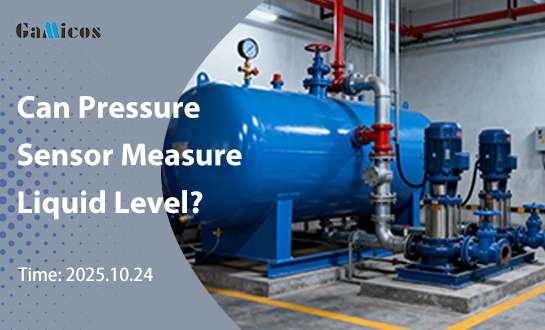
Can a pressure transducer measure liquid level in firefighting tanks?
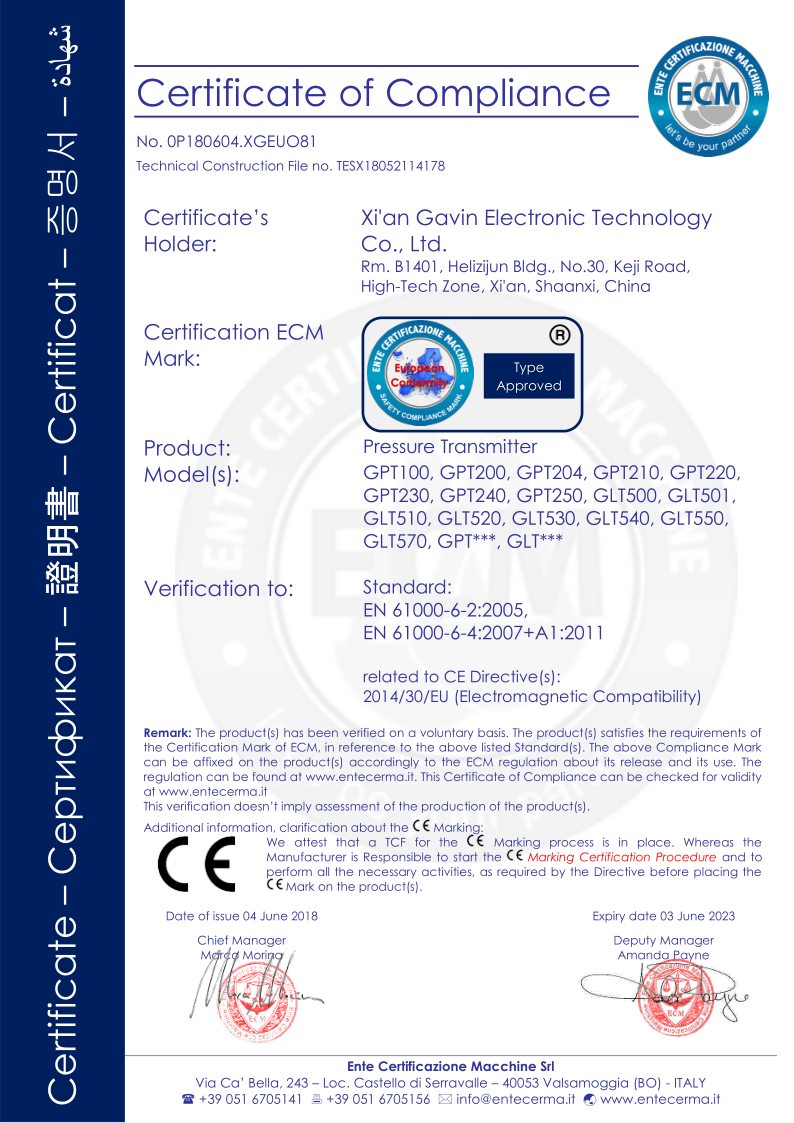
_1757930850792.jpg)
